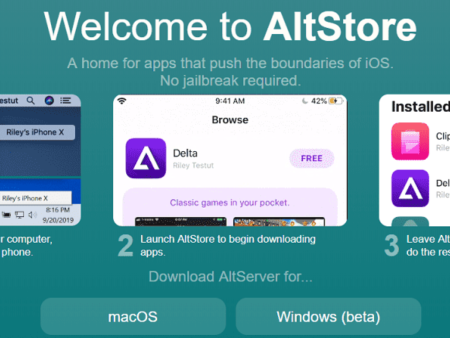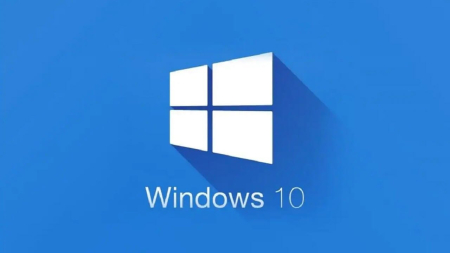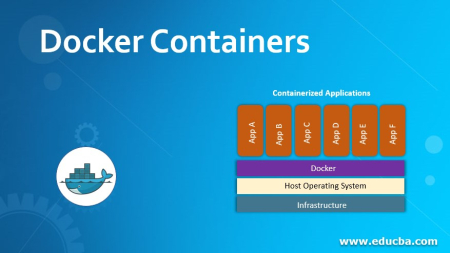Mastering CI/CD: Guide to Continuous Integration and Delivery
-
07/05/2023
-
1147
-
0
Continuous Integration and Delivery (CI/CD) is a critical component of modern software development that enables faster, more reliable software releases. This comprehensive guide will provide a deep dive into CI/CD, its benefits, and how to implement it successfully.
Related posts
The Ultimate Guide to Mobile Game Genres: Exploring the Top Categories
Essential Guide to Mobile Game Development: From Concept to Launch
1. Understanding Continuous Integration and Delivery (CI/CD)
CI/CD is an approach to software development that involves continuous integration and delivery of code changes. It involves the use of automation to streamline the process of building; testing, and deploying software. Some key points to understand about CI/CD include:
Continuous integration involves regularly integrating code changes into a central repository; and running automated tests to detect issues early on in the development process.
Continuous delivery involves ensuring; that software changes can be deployed to production at any time. This involves using automation to build, test; and package software changes and ensuring that they are ready for deployment.

Understanding Continuous Integration and Delivery (CI/CD), Source: Asoservice.com
Continuous deployment takes things a step further by automatically deploying change;s to production as soon as they pass automated tests. This can help to reduce the time between code changes and when they are available to users.
CI/CD is often used in Agile software development environments, where there is a focus on delivering working software quickly and frequently.
The goal of CI/CD is to increase the speed and reliability of the software development process while also reducing the risk of errors and other issues.
To implement CI/CD, teams need to use a combination of tools and technologies; including version control systems, build automation tools, testing frameworks, and deployment automation tools.
2. Continuous Integration (CI)
Continuous Integration (CI) is a software development practice that emphasizes the frequent integration of code changes into a shared repository; followed by automated builds and tests to detect and fix issues early in the development process.
CI enables developers to work on smaller code changes more frequently; reducing the risk of integration conflicts and improving overall software quality. CI helps teams to deliver software faster and more reliably by ensuring that code changes are thoroughly tested and validated before they are deployed to production.
3. Continuous Delivery (CD)
Continuous Delivery (CD) is an extension of Continuous Integration (CI) and refers to the ability to automatically deploy software changes to a production environment; once they have passed all the necessary tests in the CI phase.
This is achieved by automating the entire software delivery process, including testing, building, and deployment; and ensuring that code changes can be released to users in a safe and reliable manner. The CD helps to reduce the time between writing code and delivering it to customers, resulting in faster feedback and a better user experience.
4. Continuous Deployment (CD)
Continuous Deployment (CD) is the automated process of deploying changes to an application or service in production after passing through the Continuous Integration and Continuous Delivery stages.
CD aims to increase the frequency of code deployment and reduce the time between code changes and deployment by automating the entire process. The process involves running automated tests, building artifacts, and deploying them to production without any human intervention.
The goal of CD is to ensure that the latest code changes are available to end-users as quickly and seamlessly as possible without causing any disruption to the existing system. By automating the deployment process, CD also reduces the risk of errors and failures caused by manual deployment. You can read Microsoft store app reviews for more information about Continuous Integration and Delivery .
5. Implementing Continuous Integration and Delivery (CI/CD)
Continuous Integration and Delivery (CI/CD) are essential practices in software development and deployment that enable organizations to deliver applications quickly; efficiently, and with high quality. Implementing CI/CD requires a significant shift in the way software development teams operate. It involves the use of tools, automation, and a continuous feedback loop to streamline the development process.
The first step in implementing CI/CD is to establish a reliable and robust build and test process. This process ensures that code changes are thoroughly tested and validated before they are released. The build and test process can be automated using various tools such as Jenkins, Travis CI, and CircleCI.
Next, teams need to adopt a Continuous Delivery (CD) approach to automate the deployment of applications to production environments. This involves creating a pipeline that automates the release process and ensures that each step in the pipeline is tested and validated before moving on to the next stage.
To implement CD, teams can use tools such as AWS CodePipeline, Google Cloud Build, or GitLab CI/CD, which offer features such as continuous delivery, continuous deployment, and continuous monitoring.
In conclusion, implementing CI/CD is a critical step towards achieving faster, more reliable, and high-quality software development and deployment. By automating the build, test, and deployment processes, teams can streamline development and delivery, improve efficiency, reduce errors; and respond quickly to changing customer requirements. However, it requires a significant investment in tools, automation, and culture change to fully realize its benefits. You can read how to increase App installs from Google ads for more details.
6. Future of Continuous Integration and Delivery (CI/CD)
The future of CI/CD is promising, with more and more organizations adopting this approach to improve their software development and deployment processes. Here are some potential developments in the future of CI/CD:
Increased adoption: As more organizations see the benefits of CI/CD, it's likely that the adoption rate will continue to increase.
Improved automation: Automation will become more prevalent and advanced in CI/CD, making the process even faster and more efficient.
Expansion to new areas: CI/CD may expand beyond software development and deployment and could be applied to other areas such as infrastructure management and data processing.
Integration with other technologies: CI/CD will likely integrate with other emerging technologies, such as machine learning and artificial intelligence, further improving efficiency and accuracy.
Overall, the future of CI/CD looks bright as it continues to be a key factor in streamlining software development and deployment processes. As technology continues to advance, the possibilities for continuous improvement and developers can increase their app installs.
Conclusion
In conclusion, mastering CI/CD is essential for software development teams to deliver high-quality products quickly and efficiently, and understanding the principles and tools discussed in this guide is a great starting point.
Related posts
How to push Top app keyword ranking for Android & iOS apps and games
How to increase app reviews and app ratings for Android or iOS apps free
Source: App Store Optimization services




































Leave a Reply
Your e-mail address will not be published. Required fields are marked *